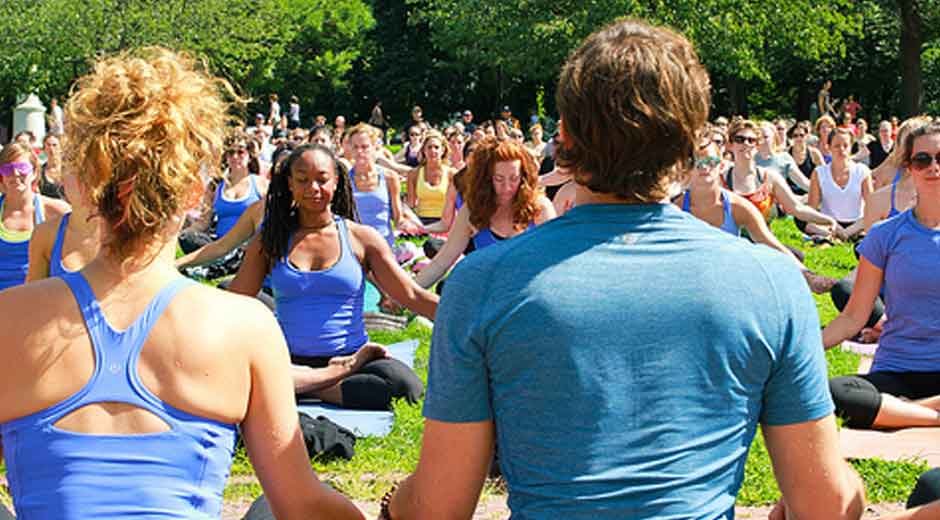In moments of crisis, we often witness the best of humanity. Natural disasters, unexpected tragedies, and global emergencies tend to bring people together in remarkable ways. The power of community—unified, compassionate, and resilient—can be the driving force behind healing, rebuilding, and moving forward. In times of need, communities step up not only to support those directly affected but also to reinforce the idea that no one is ever truly alone.
Unity in the Face of Crisis
When disaster strikes, the first responders are often not professionals in uniforms but neighbors, friends, and strangers. Whether it’s checking on elderly residents during a heatwave, helping evacuate homes during a flood, or organizing donations after a fire, the immediate response from local communities plays a critical role. This rapid mobilization of help shows that compassion isn’t something that needs to be scheduled; it emerges instinctively when people care about one another.
The COVID-19 pandemic highlighted this beautifully. From setting up mutual aid groups to delivering groceries to vulnerable neighbors, communities around the world displayed extraordinary kindness and resourcefulness. The sense of togetherness helped ease isolation and reinforced a shared belief that even in uncertainty, solidarity could be a source of strength.
Emotional Support and Shared Resilience
The emotional toll of crises is often underestimated. Trauma, grief, and anxiety can linger long after the event itself. During these times, a supportive community can make a world of difference. Shared experiences bring people closer, and talking with others who have endured the same event offers validation and comfort.
Support groups, community vigils, and informal gatherings can all help people process what has happened and find hope again. Knowing someone else understands your pain and that you’re not navigating the aftermath alone can be a powerful step toward healing.
Practical Help and Collective Resources
Beyond emotional support, communities are uniquely positioned to offer practical help quickly and effectively. Whether it’s donating clothing, sharing meals, or offering shelter, grassroots efforts often bridge the gap before larger organizations can step in.
This is where partnerships between communities and professional relief efforts become vital. Local volunteers understand the specific needs of their area, and when this knowledge is combined with the resources and experience of larger agencies, recovery efforts become more efficient and humane. One powerful example of this collaboration can be seen in disaster recovery efforts coordinated by the American Red Cross. By supporting local networks while providing large-scale infrastructure and aid, they ensure that recovery is not just about rebuilding structures but also restoring lives.
Rebuilding Stronger, Together
One of the most inspiring aspects of community response is the potential to rebuild stronger than before. Adversity often sparks innovation. A town devastated by a hurricane may implement better emergency plans. A neighbourhood hit by a wildfire might band together to improve evacuation routes or fire-proof homes. The knowledge gained from surviving a crisis can be used to prevent or better respond to future events.
Rebuilding is not just physical; it is emotional, social, and cultural. Community events, fundraisers, and shared projects help mend broken spirits and reaffirm a sense of identity and pride. These moments of collaboration plant the seeds for long-term resilience and empower people to take an active role in shaping their future.
Small Acts, Big Impact
Perhaps what stands out most in times of need is that it’s not always grand gestures that matter most. Sometimes, it’s the neighbor who brings over a hot meal, the child who donates their toys, or the stranger who offers a kind word. These seemingly small acts create ripples of goodwill that, when combined, form a powerful wave of support.
Social media has amplified the reach of these acts, enabling people across the globe to contribute. Whether it’s through crowdfunding, spreading awareness, or offering skills and services remotely, individuals have more tools than ever to lend a hand—even from afar.
Final Thoughts
In every crisis, there’s an opportunity to witness how deeply interconnected we are. The power of community in a time of need isn’t just about survival; it’s about reminding us of our shared humanity. Whether we’re offering a helping hand, sharing a story, or simply standing with someone in silence, every act of solidarity matters. And it’s through these acts that we build a world not just ready to respond to disaster but resilient enough to rise above it—together.






